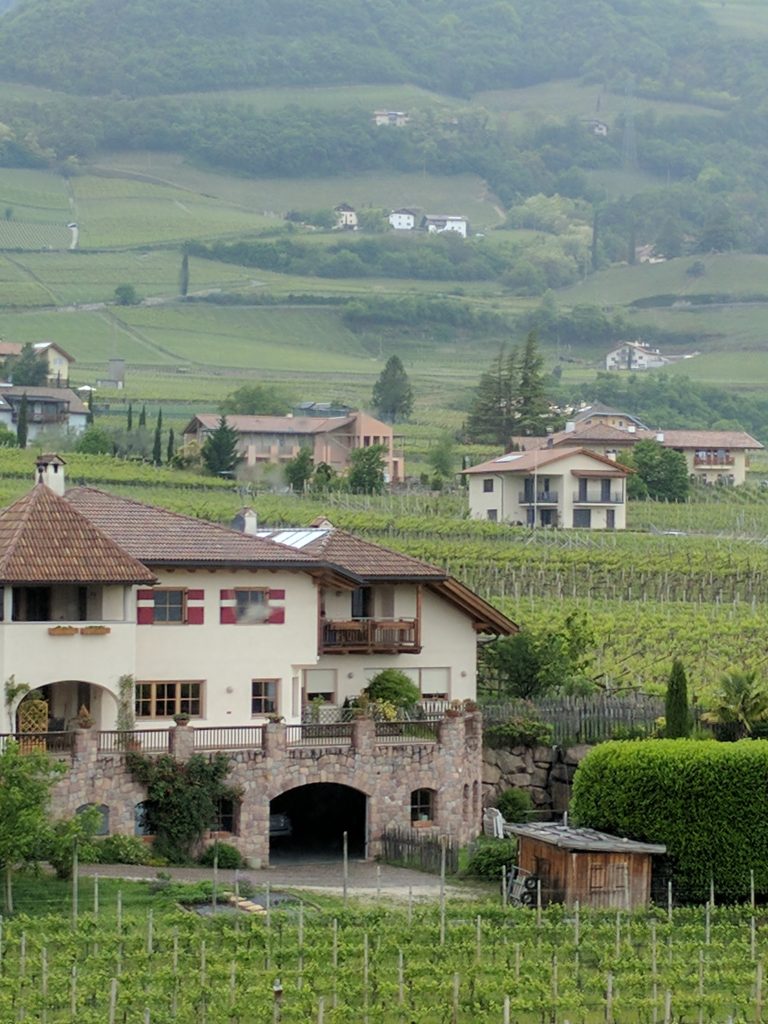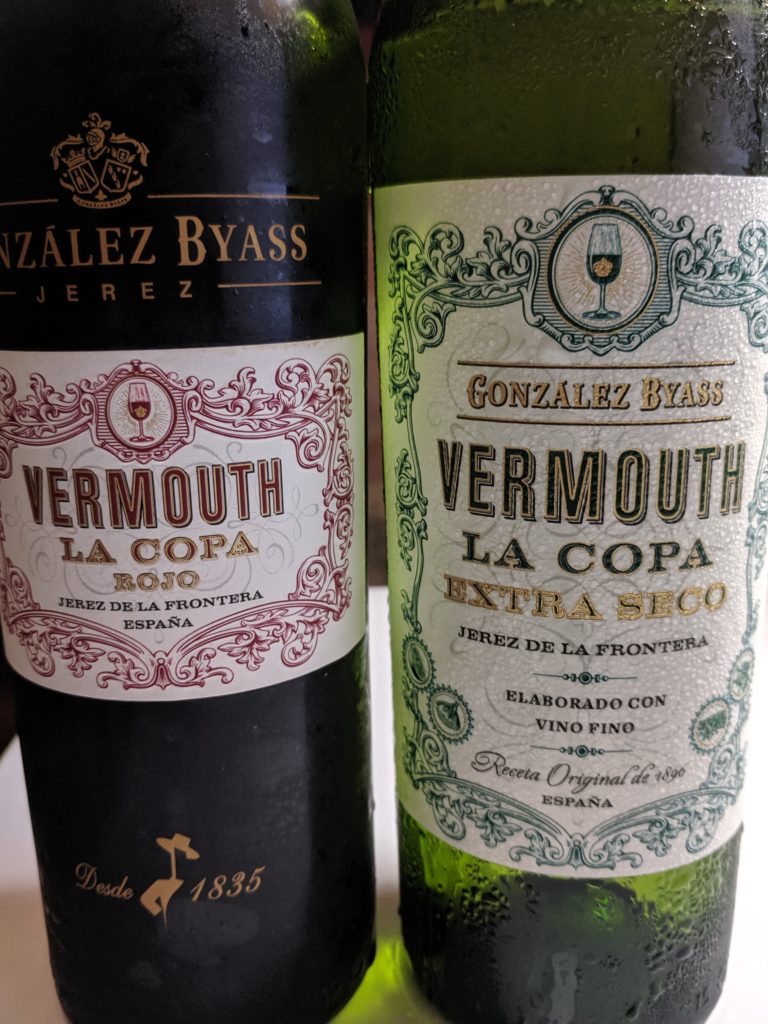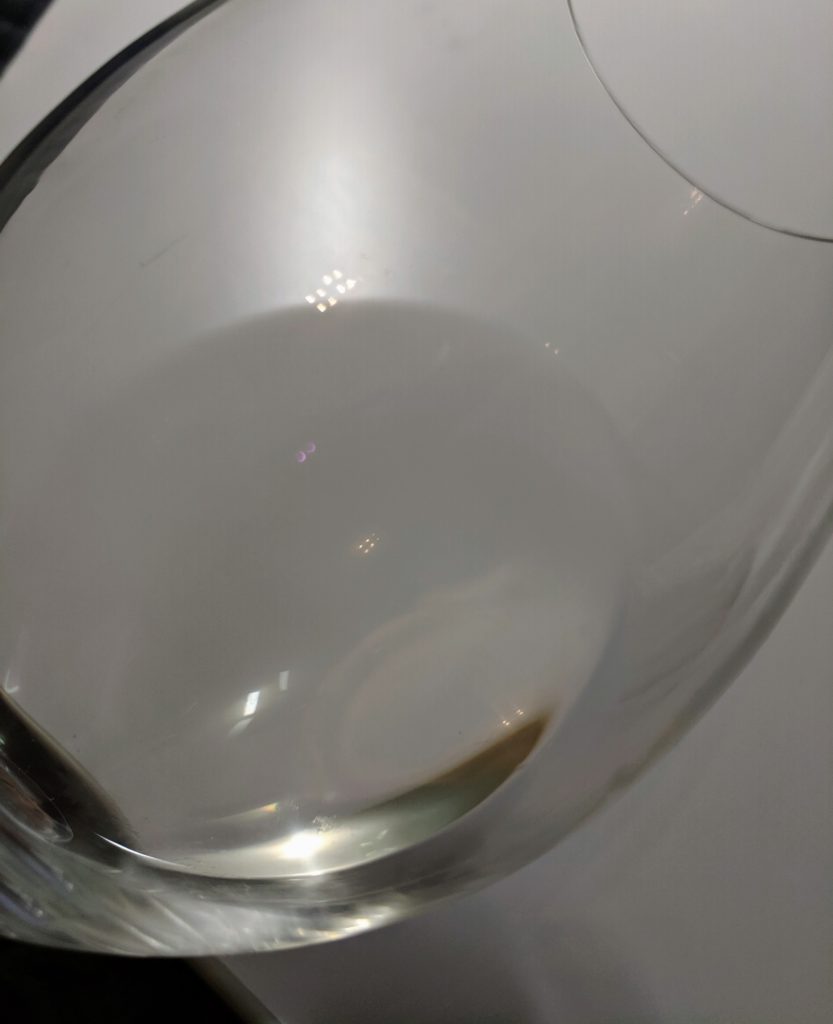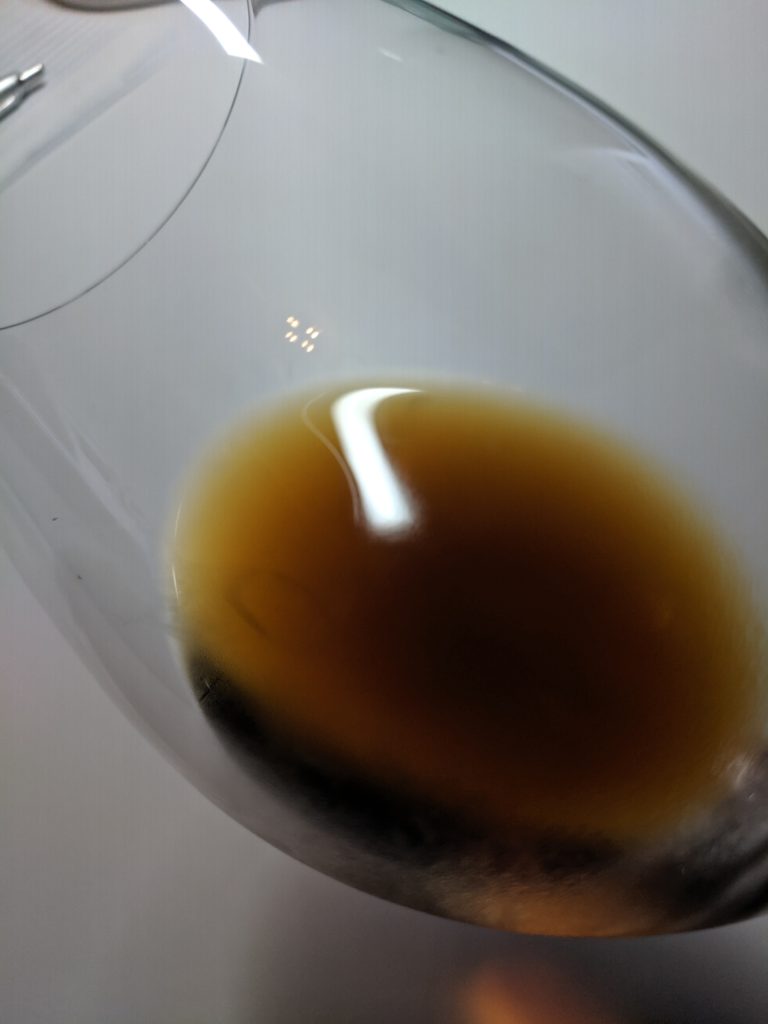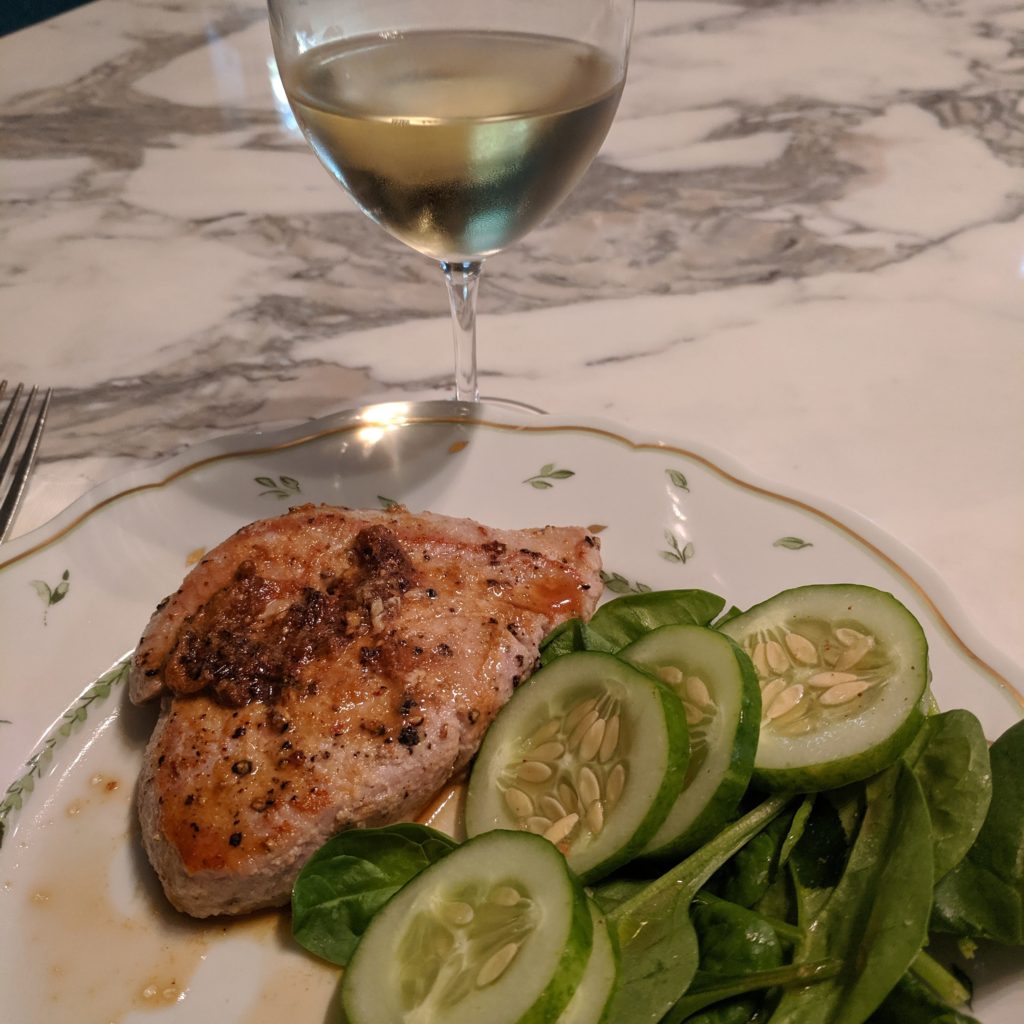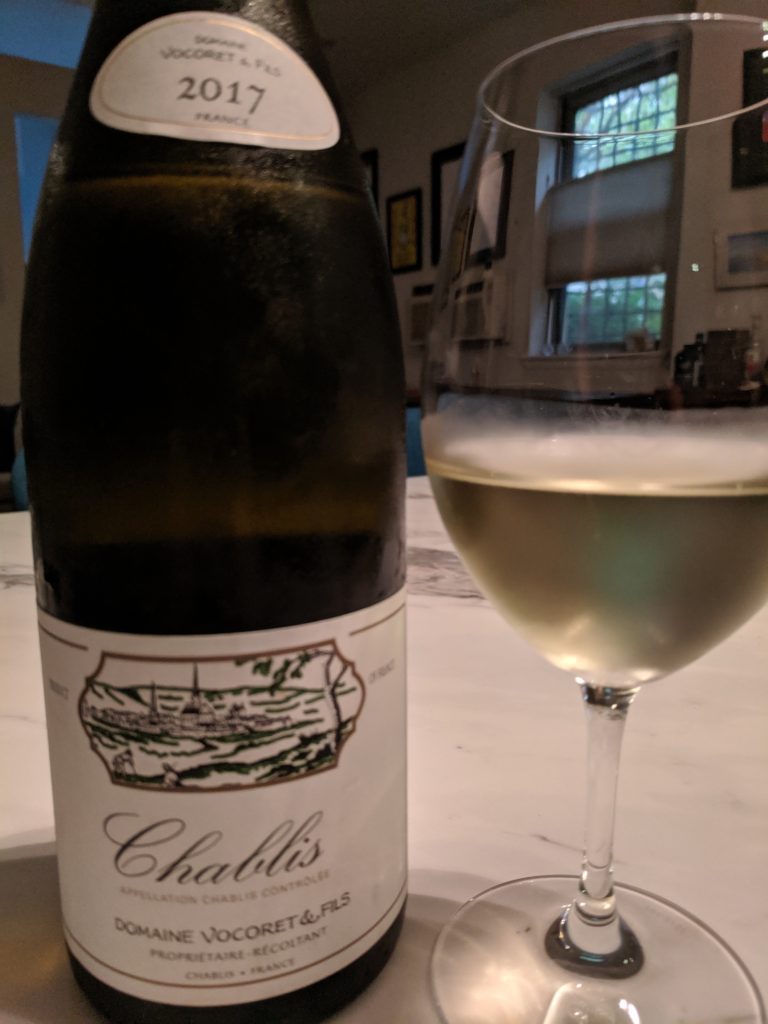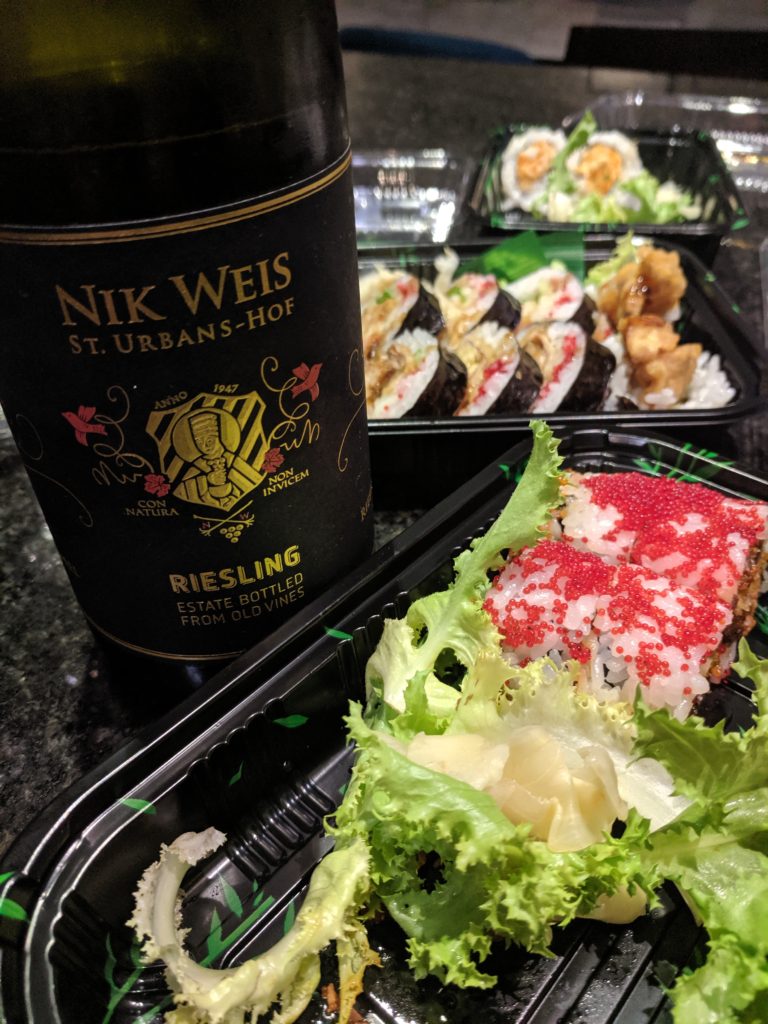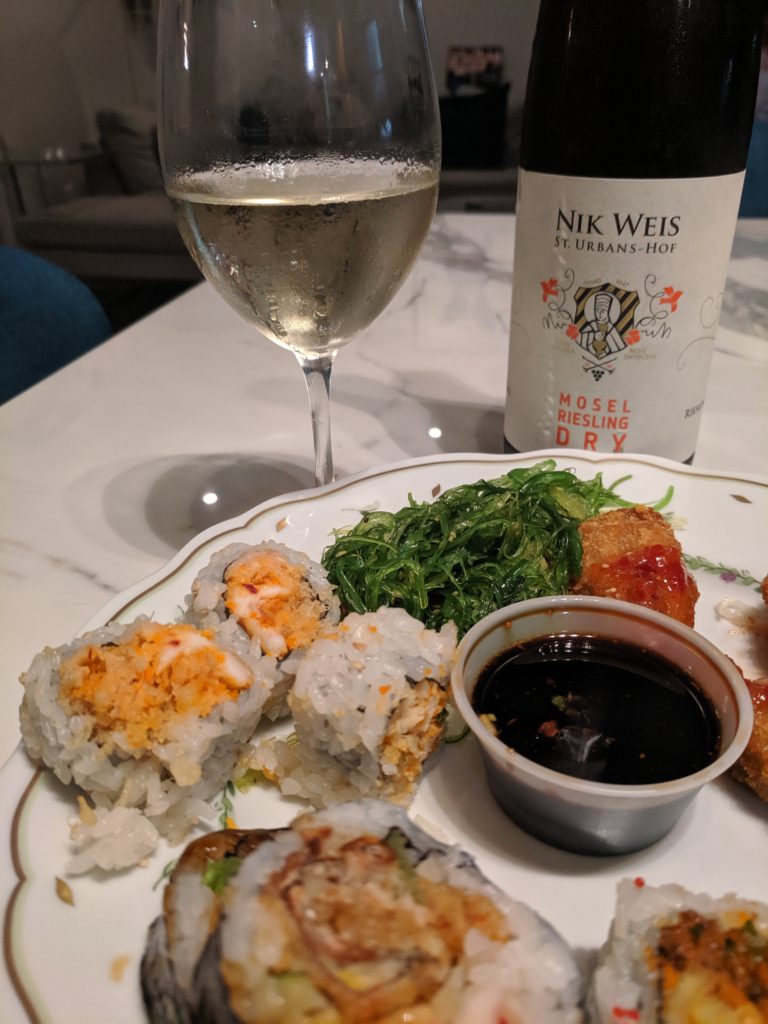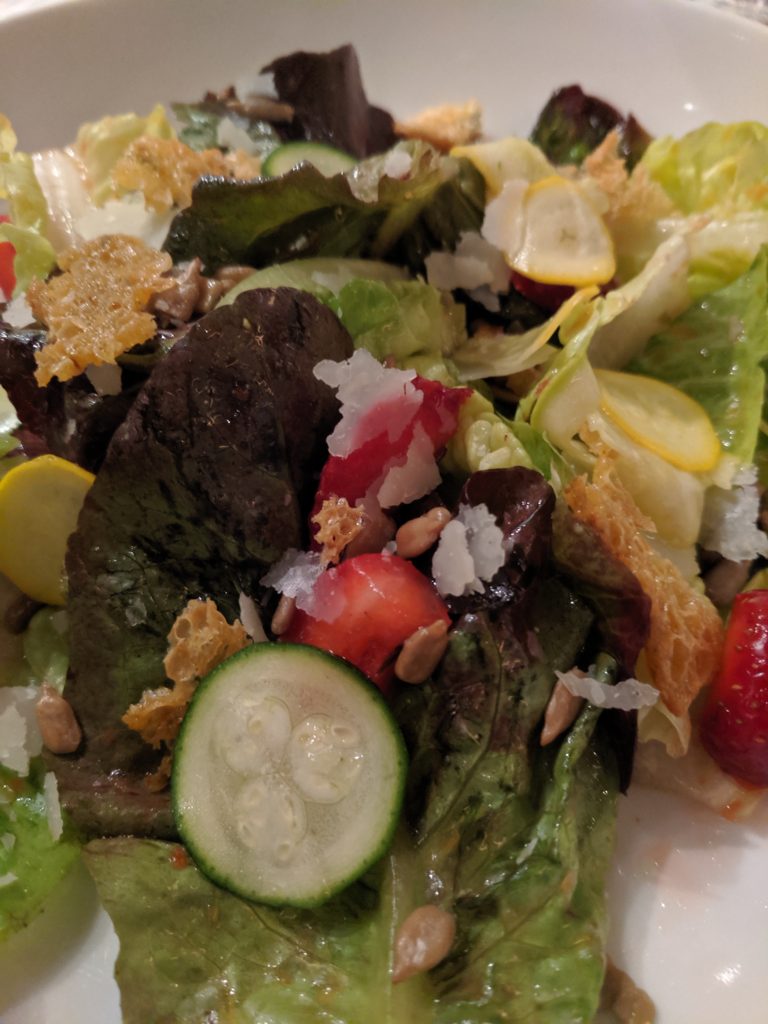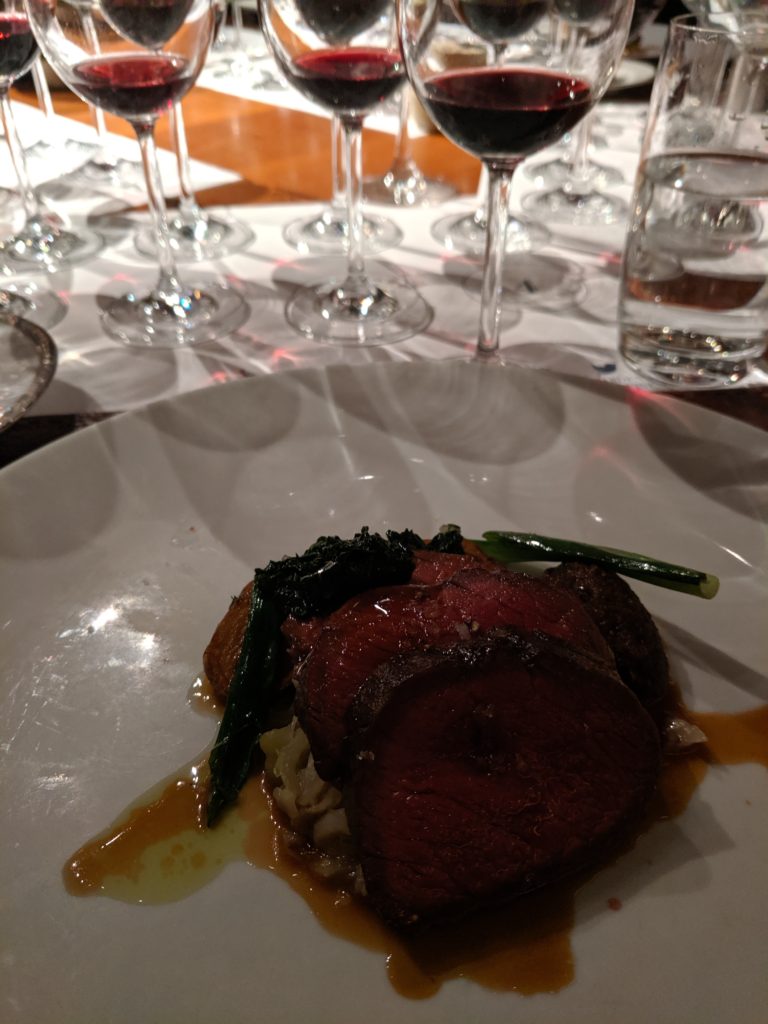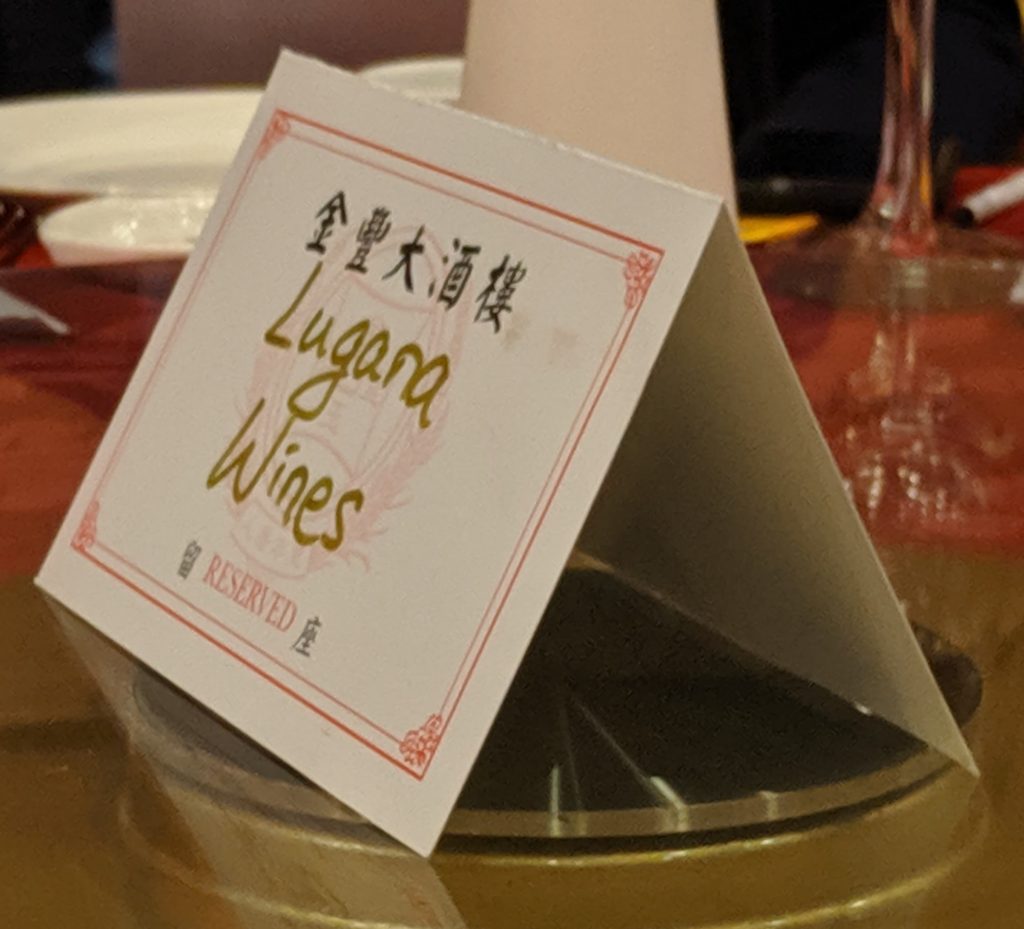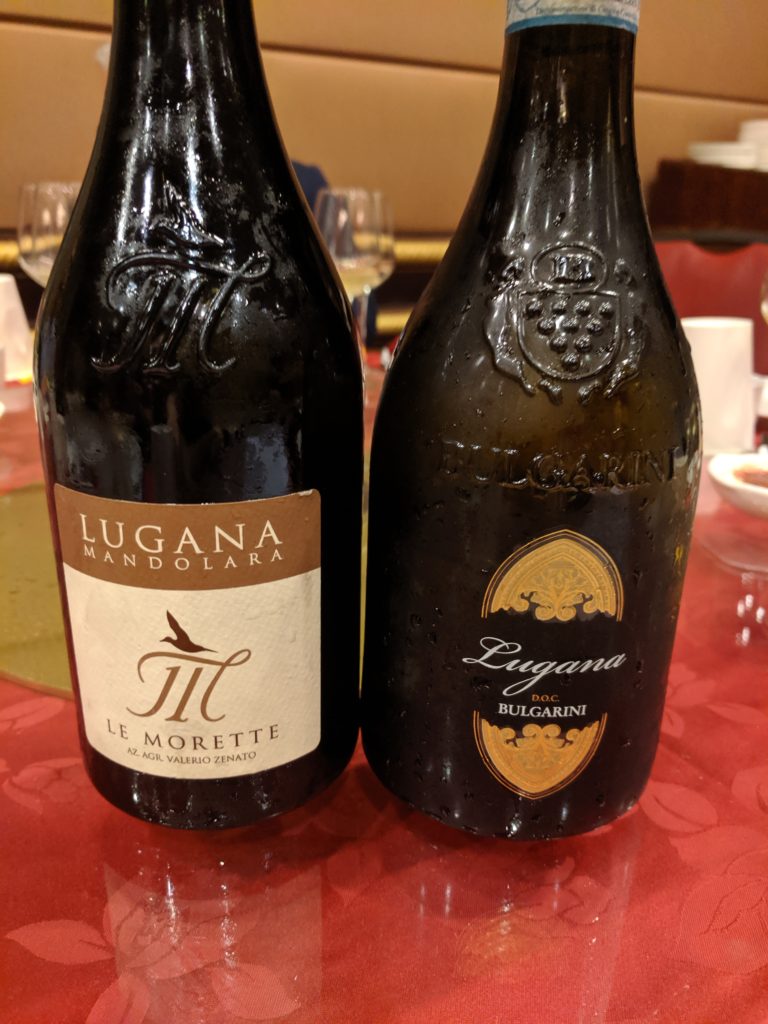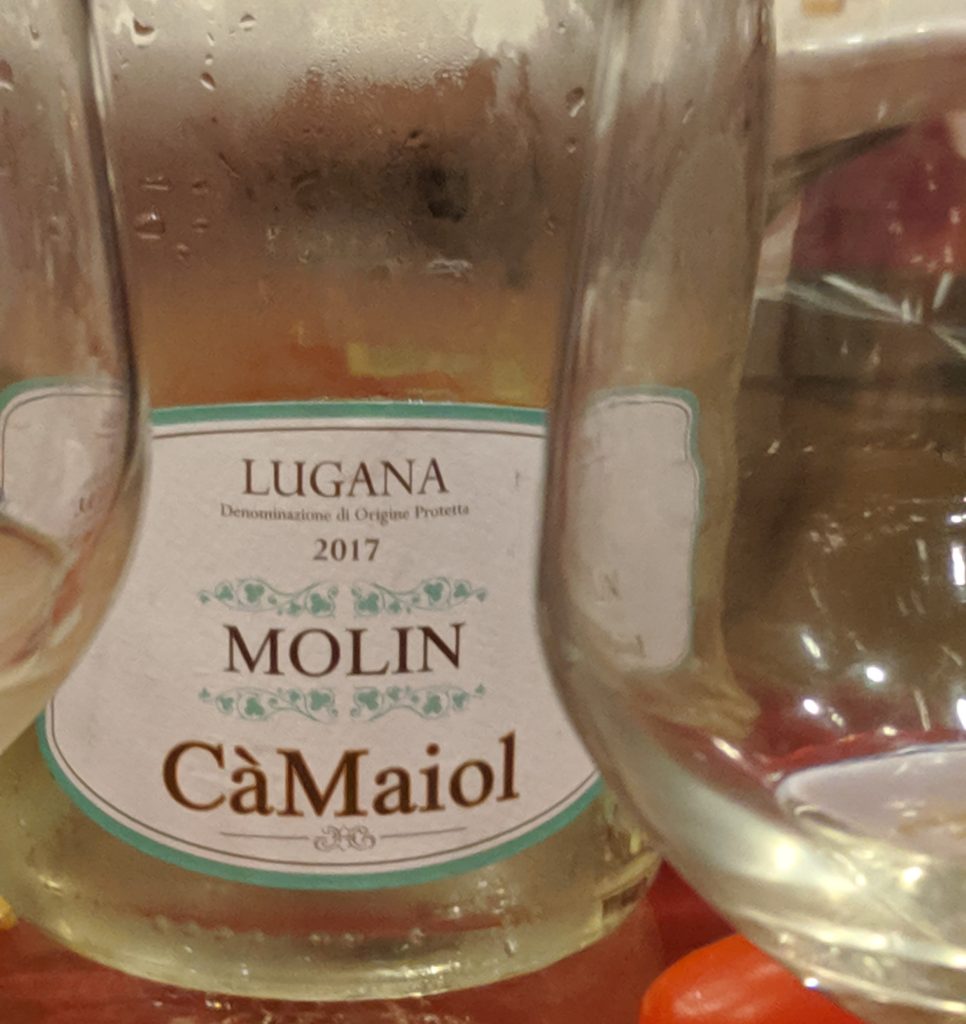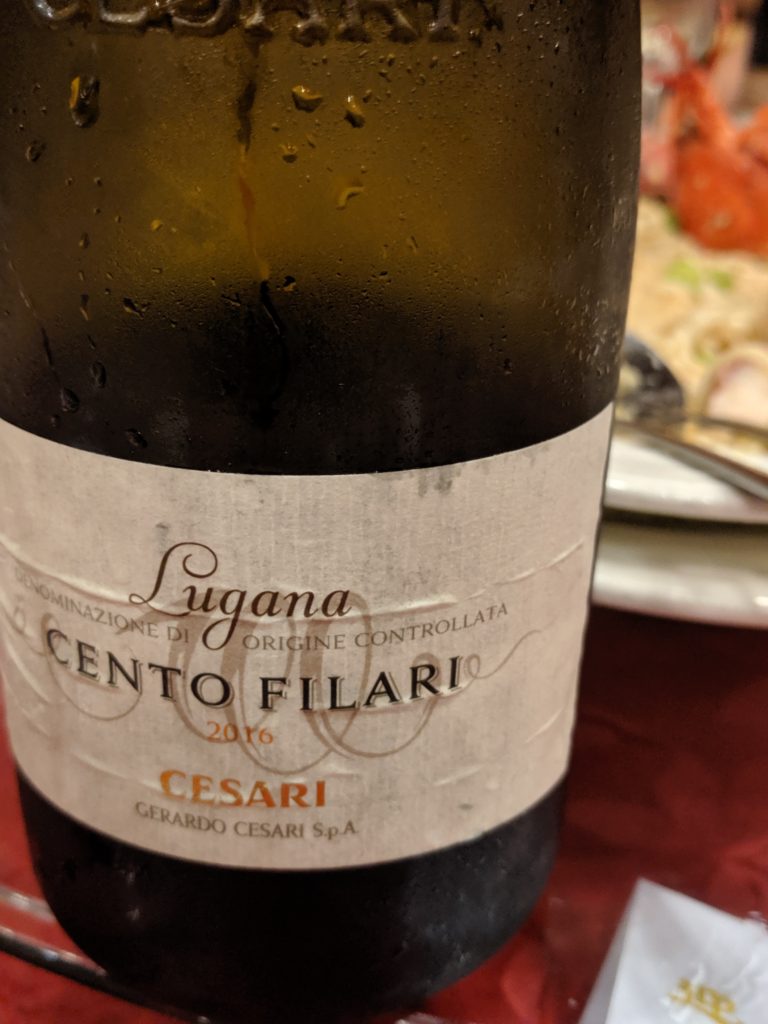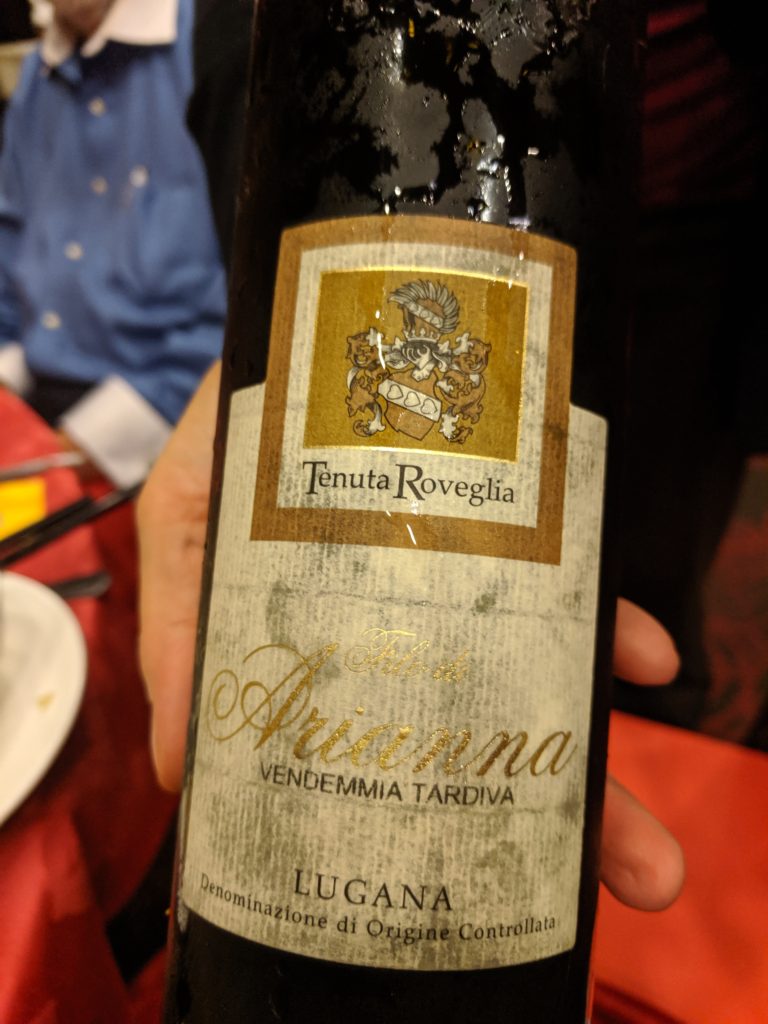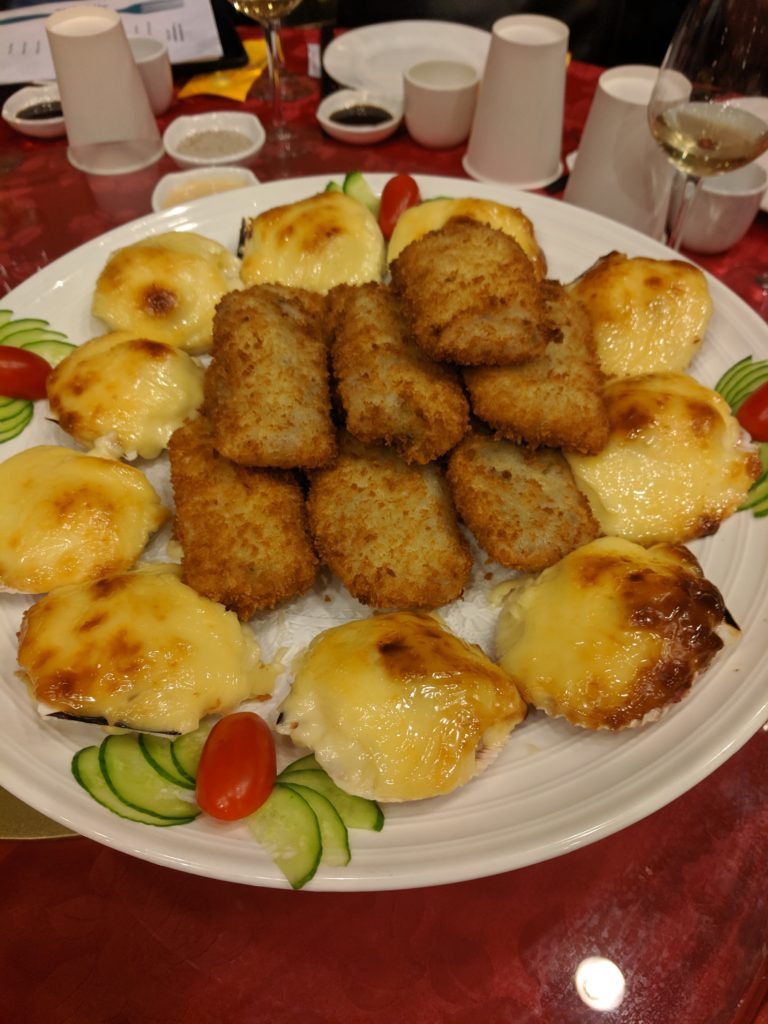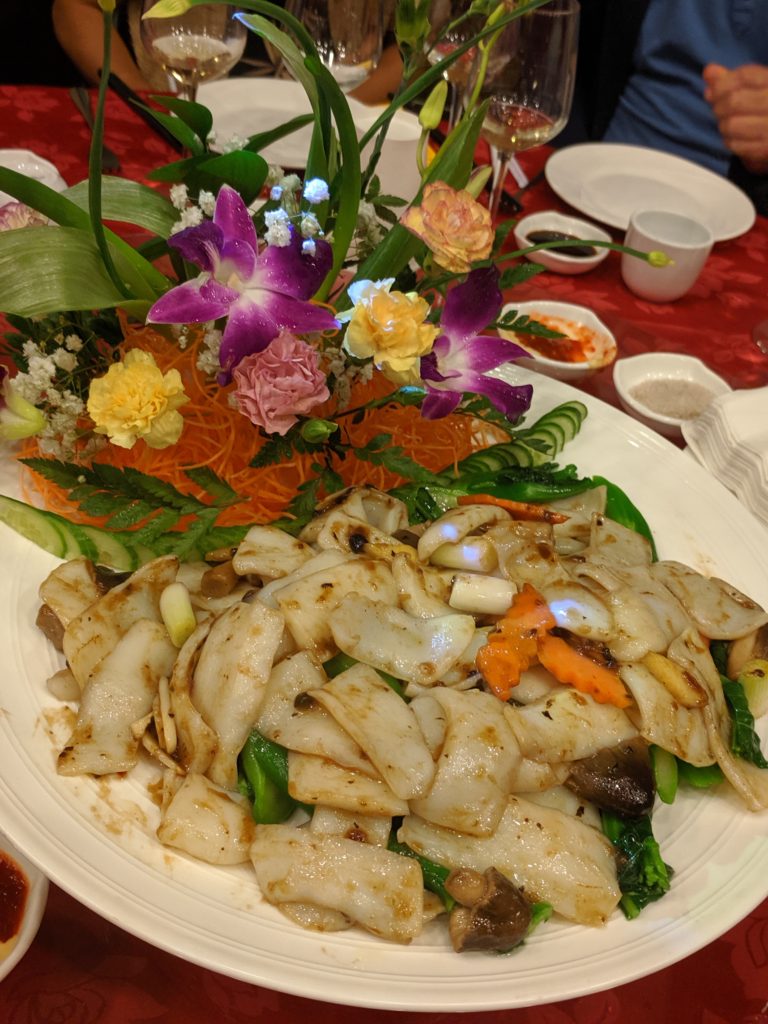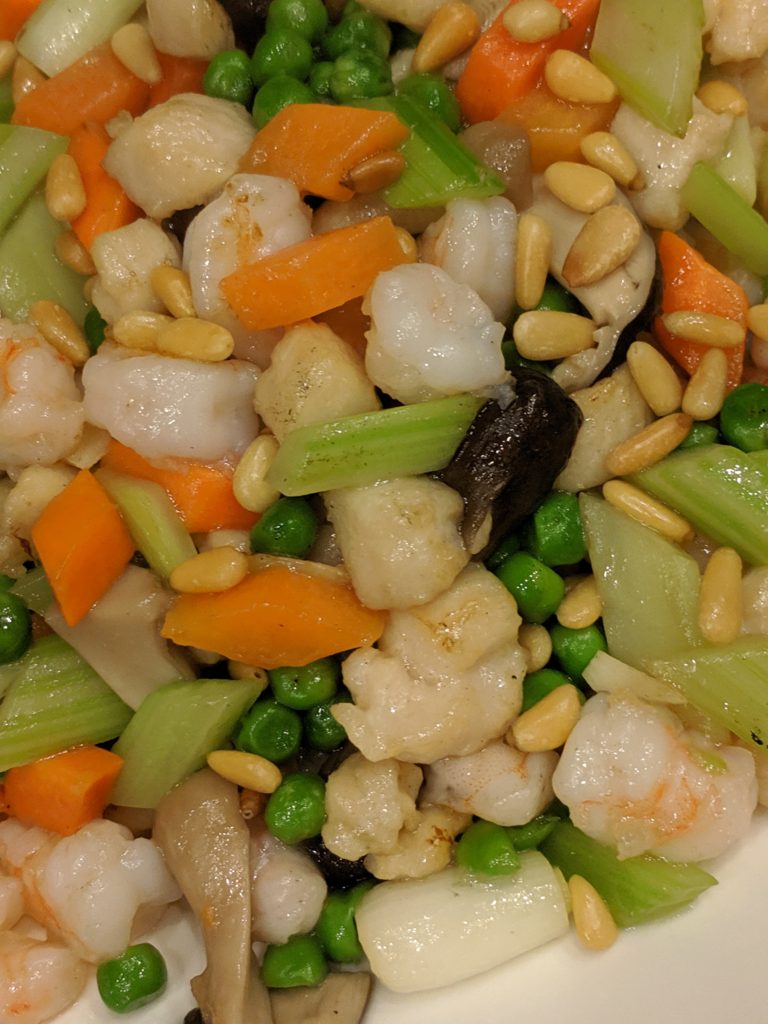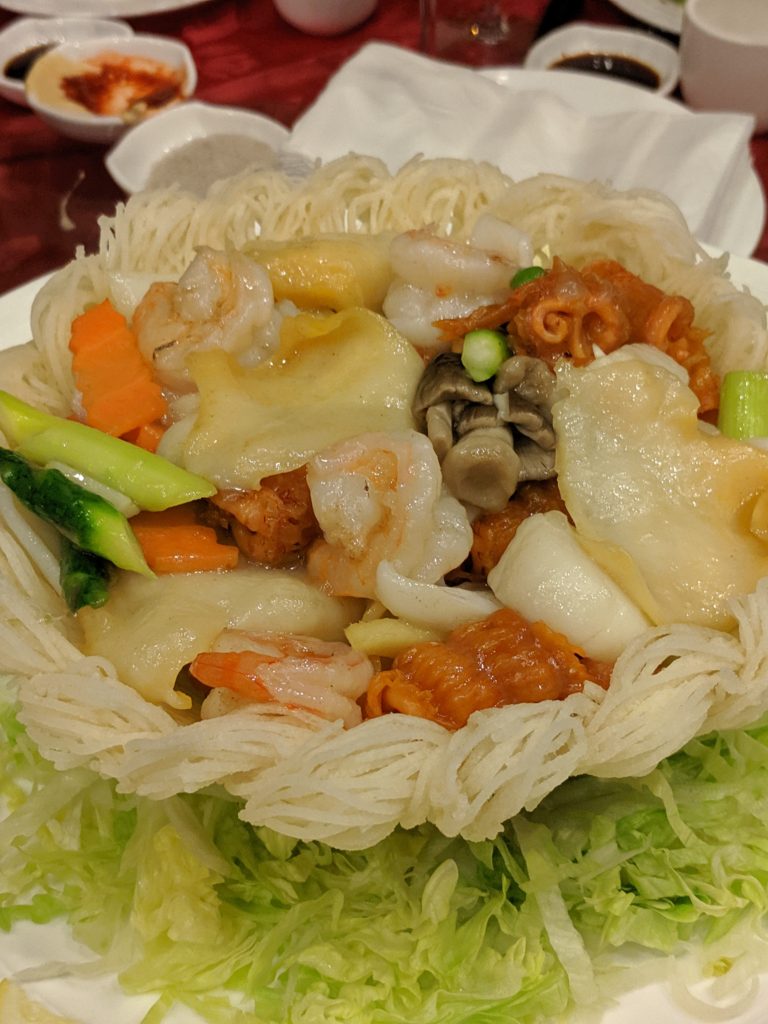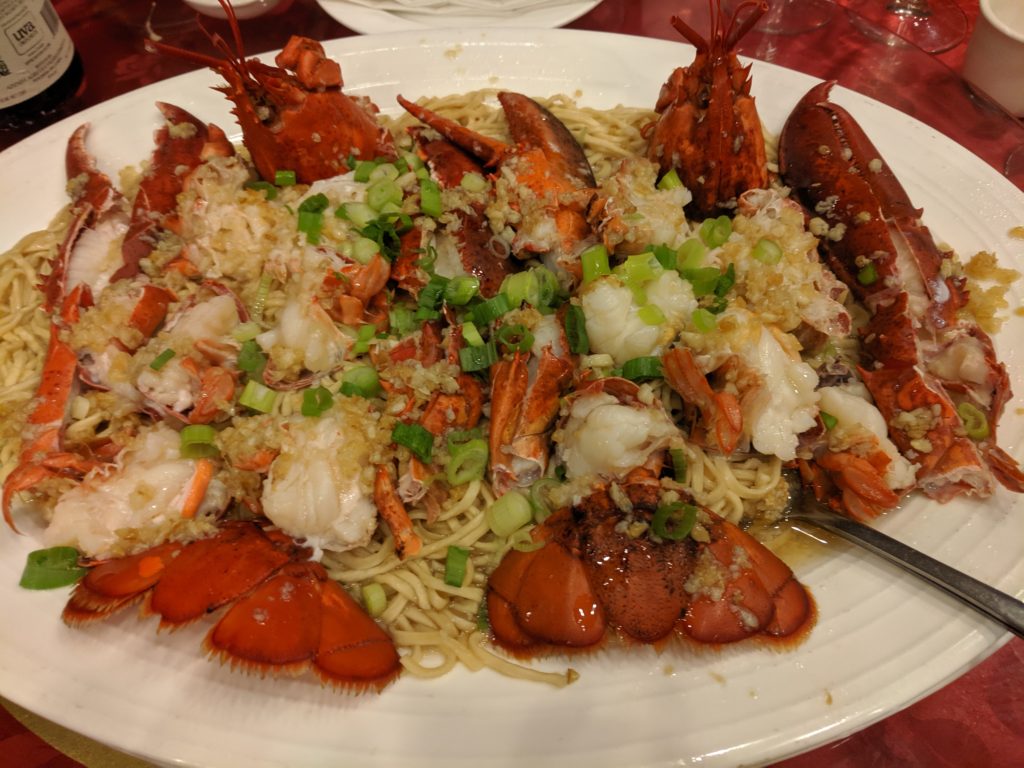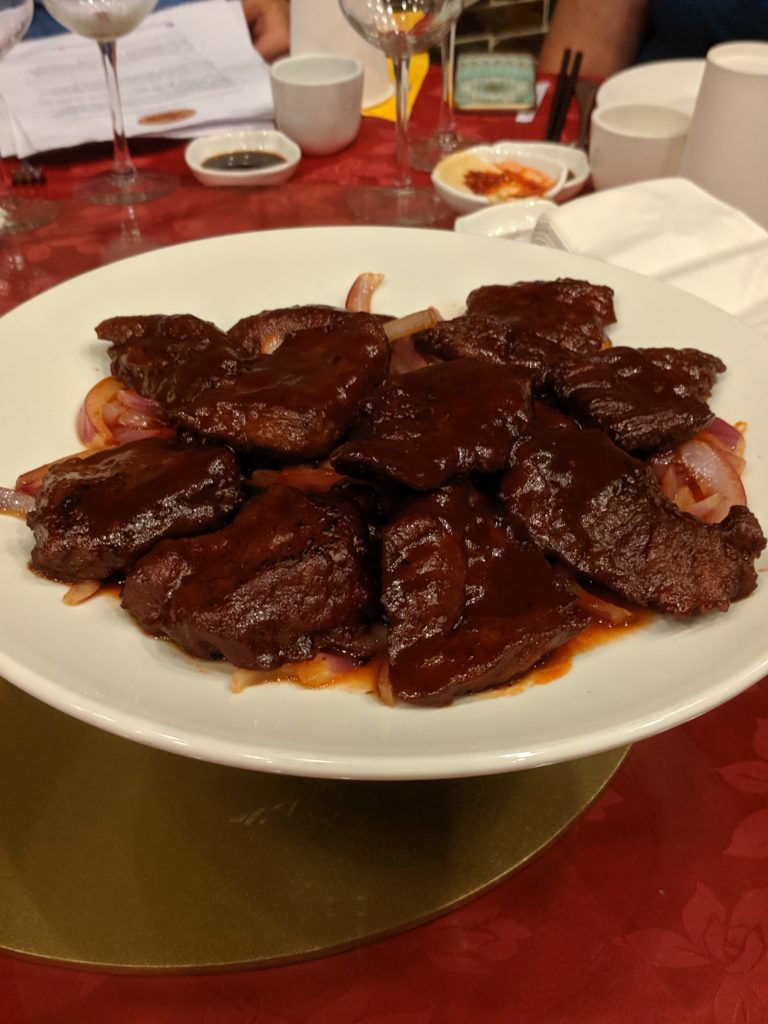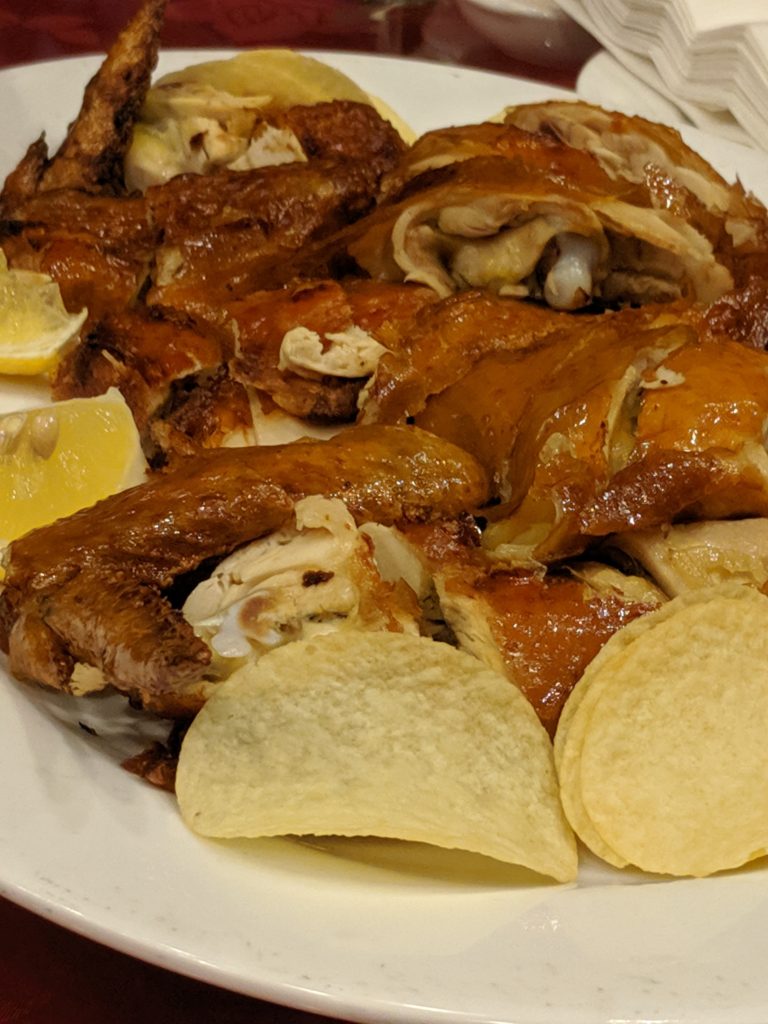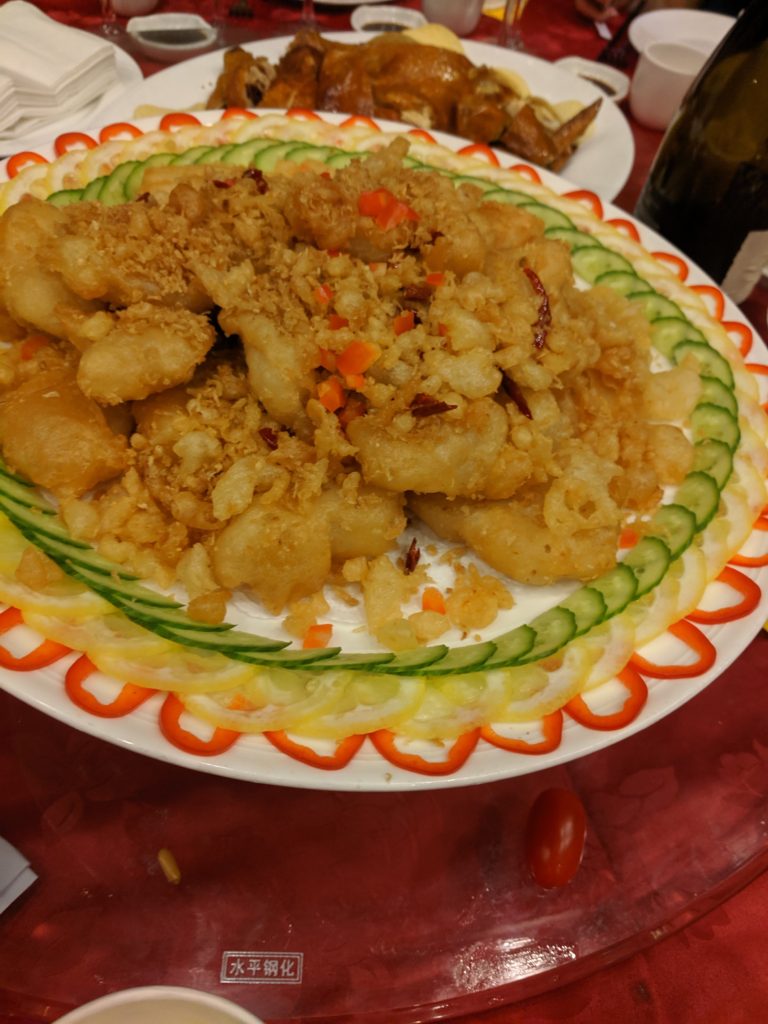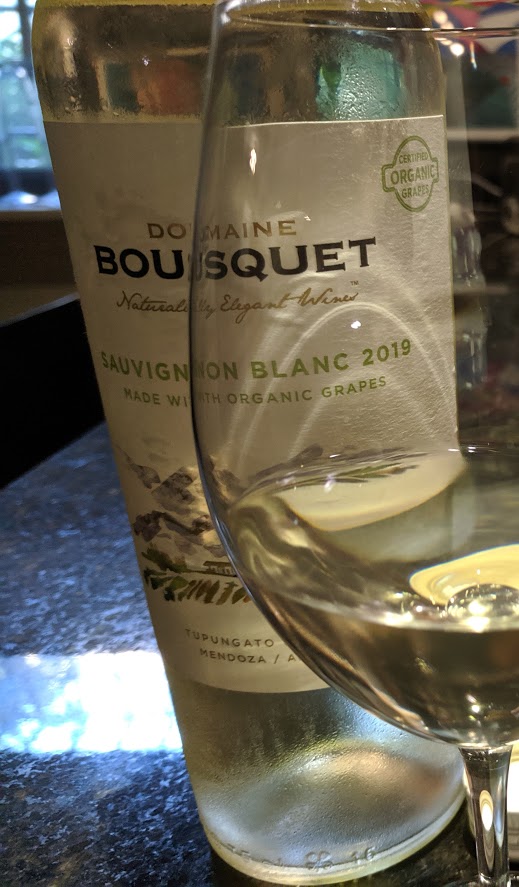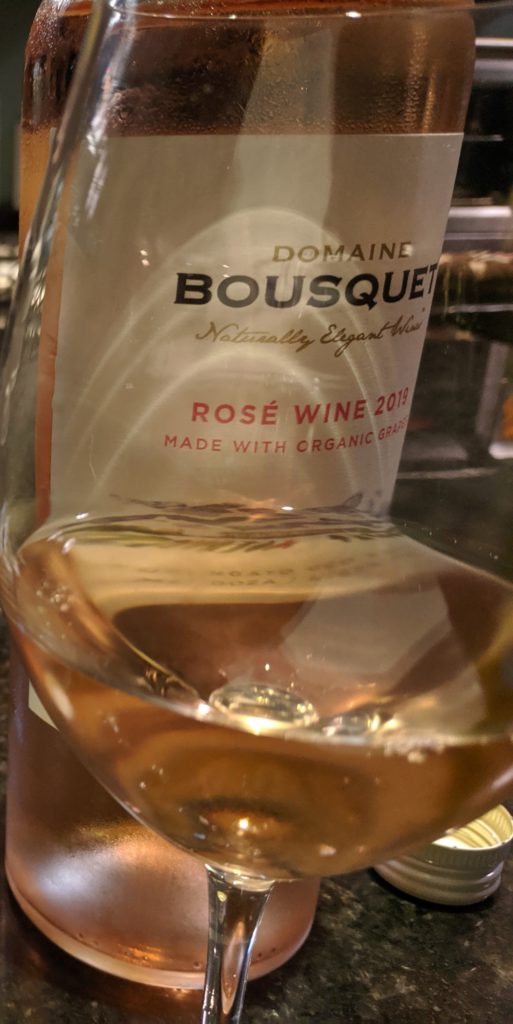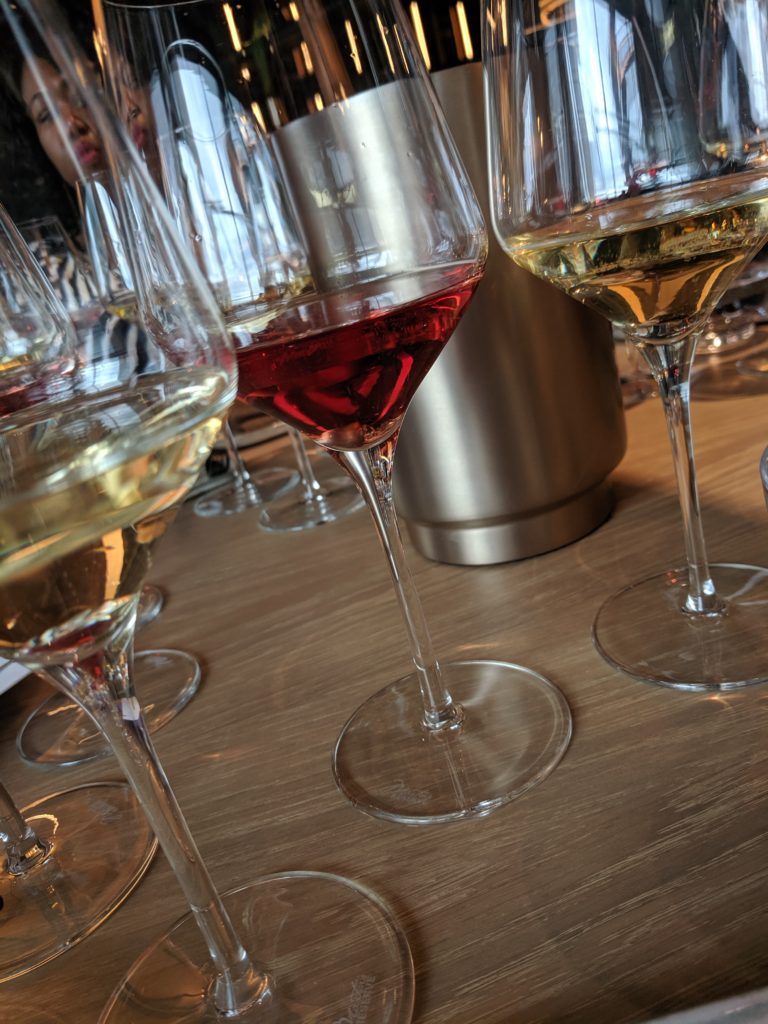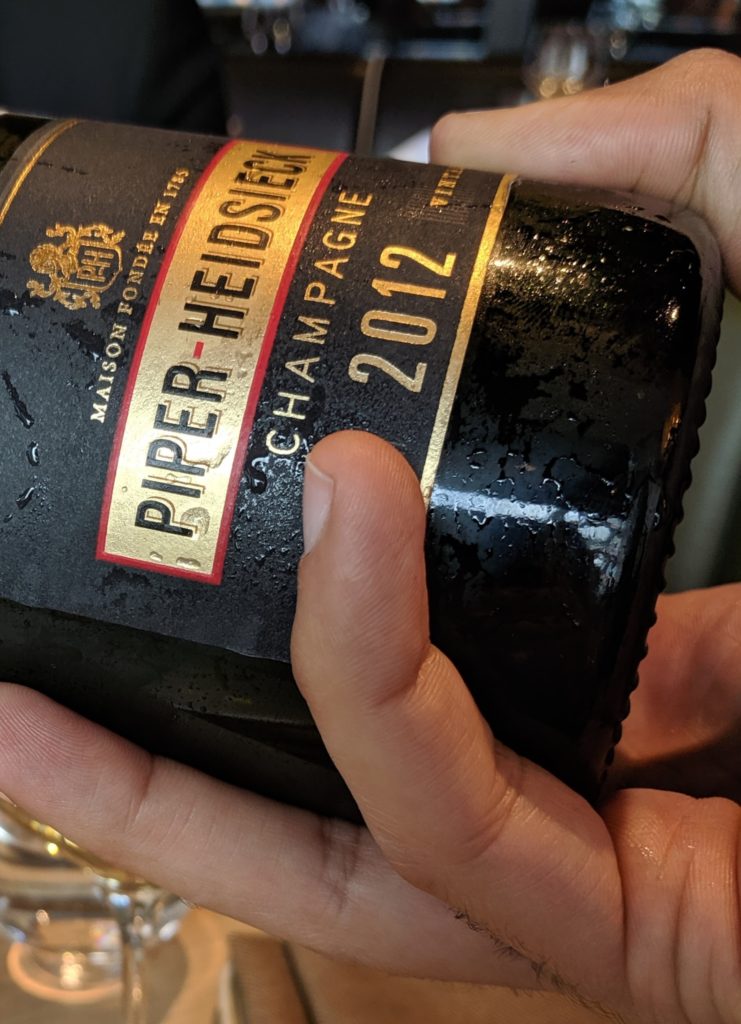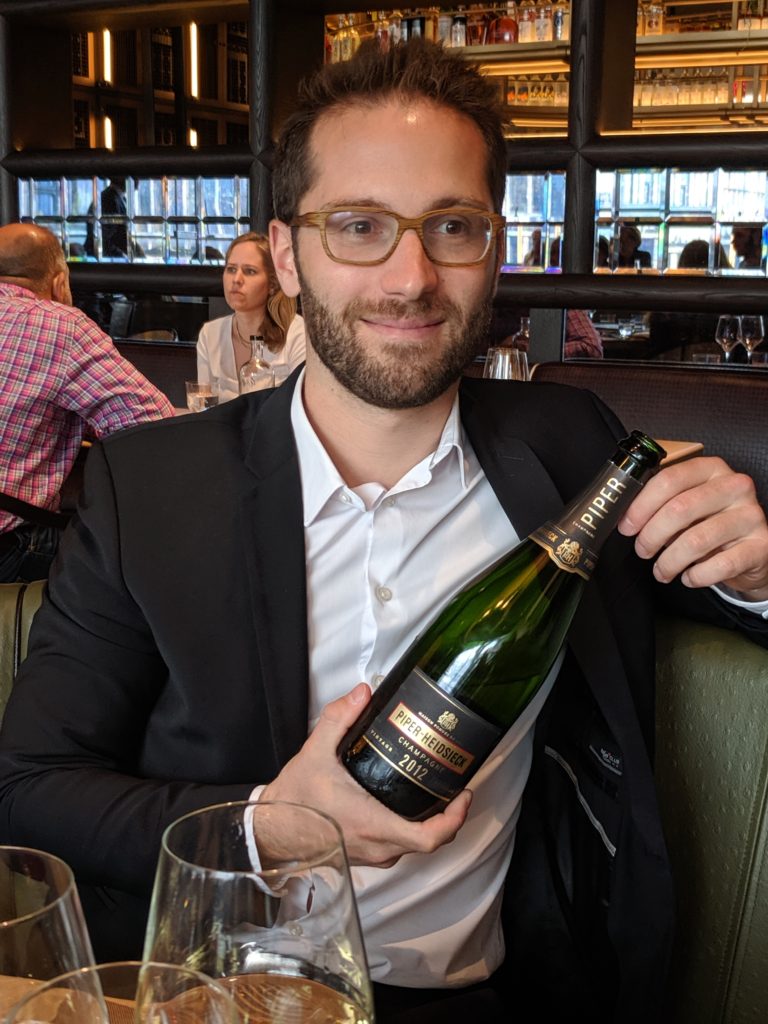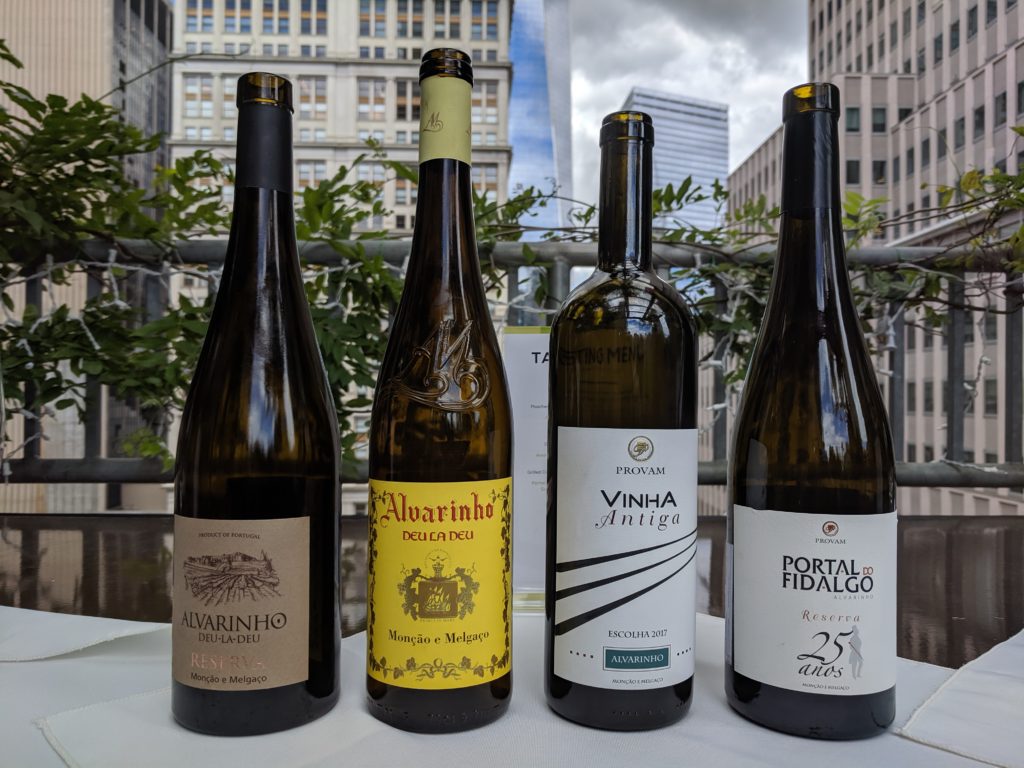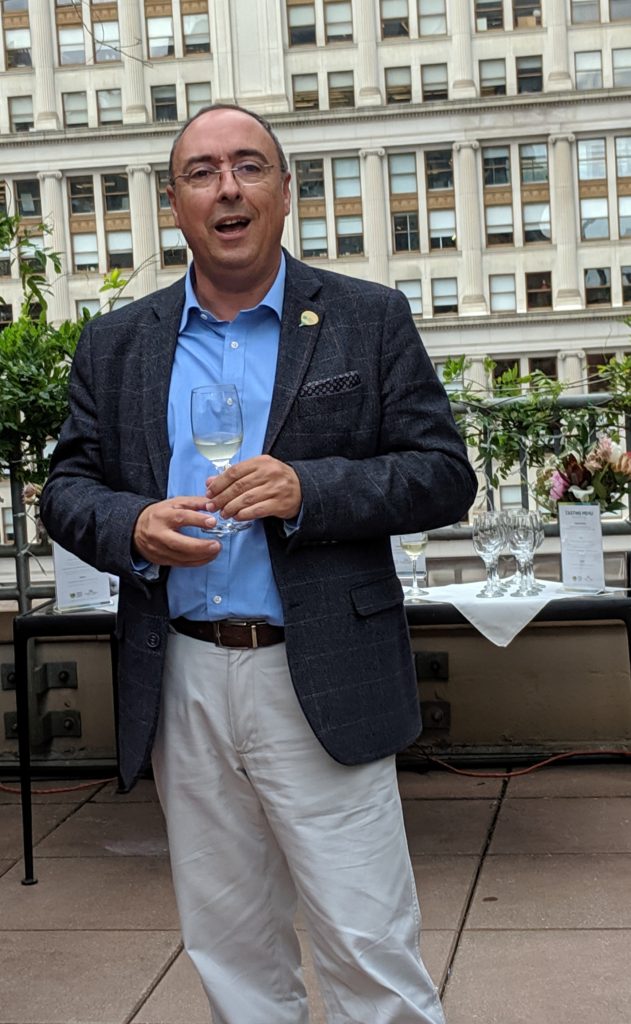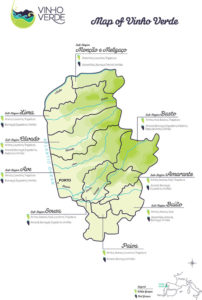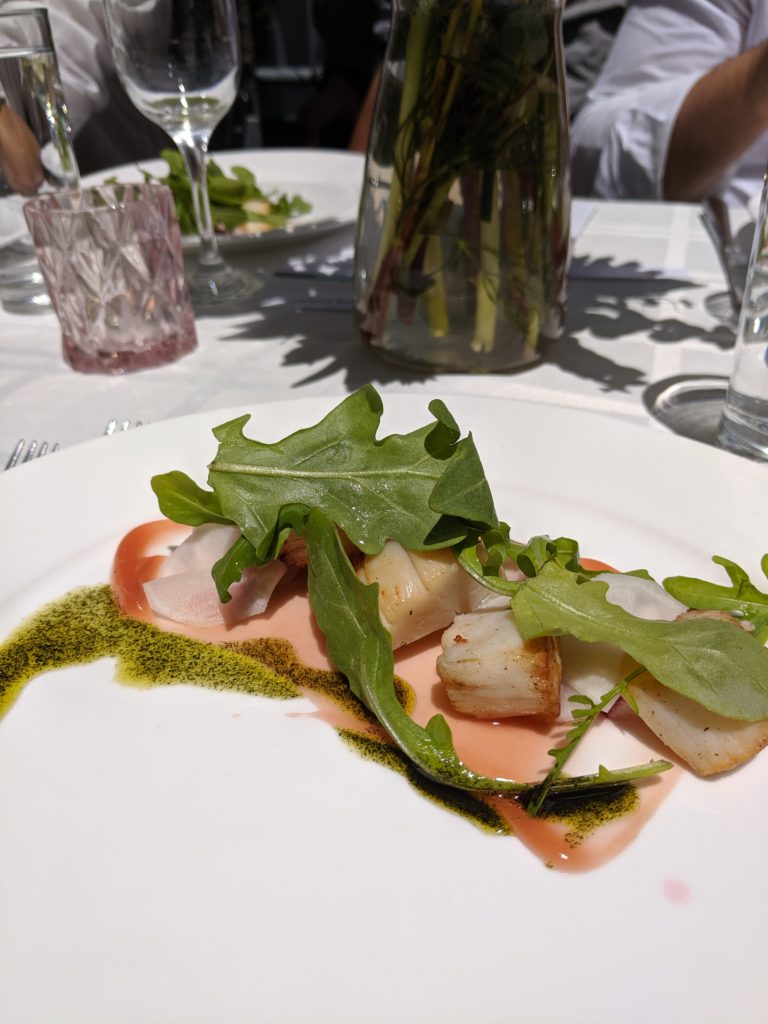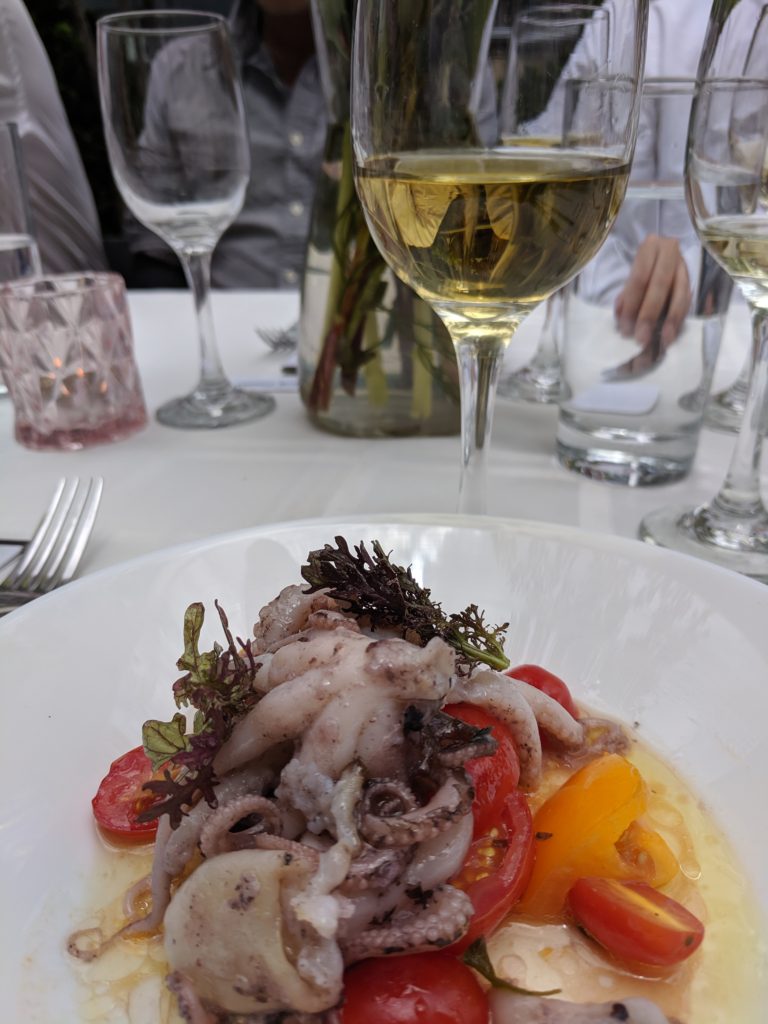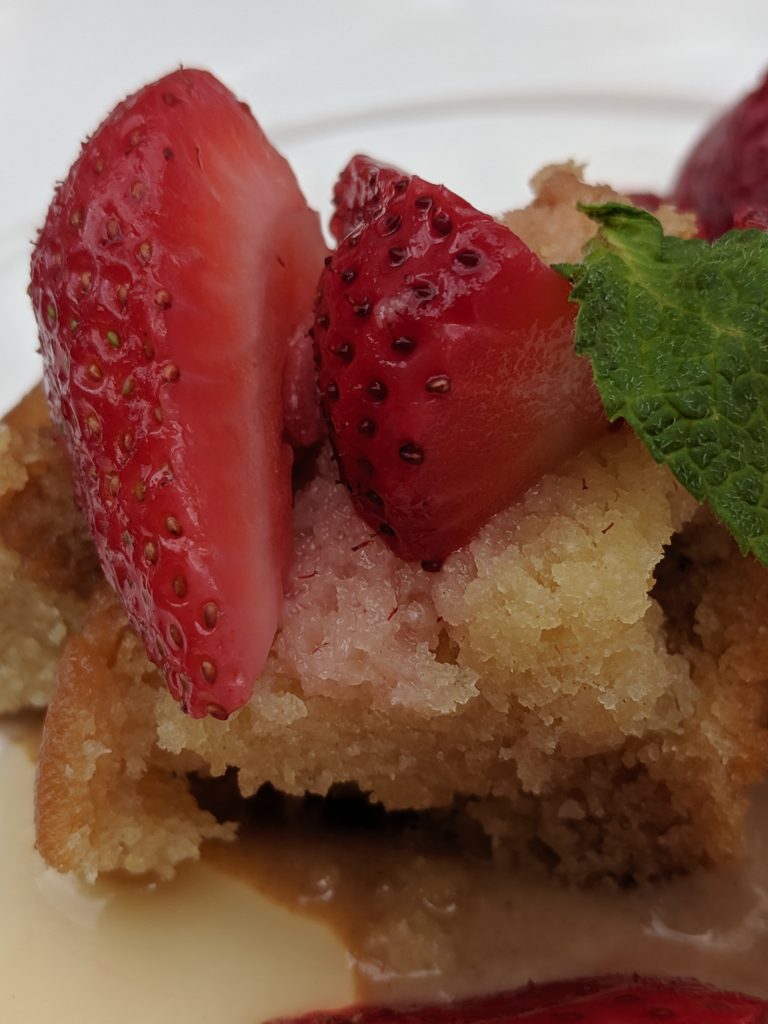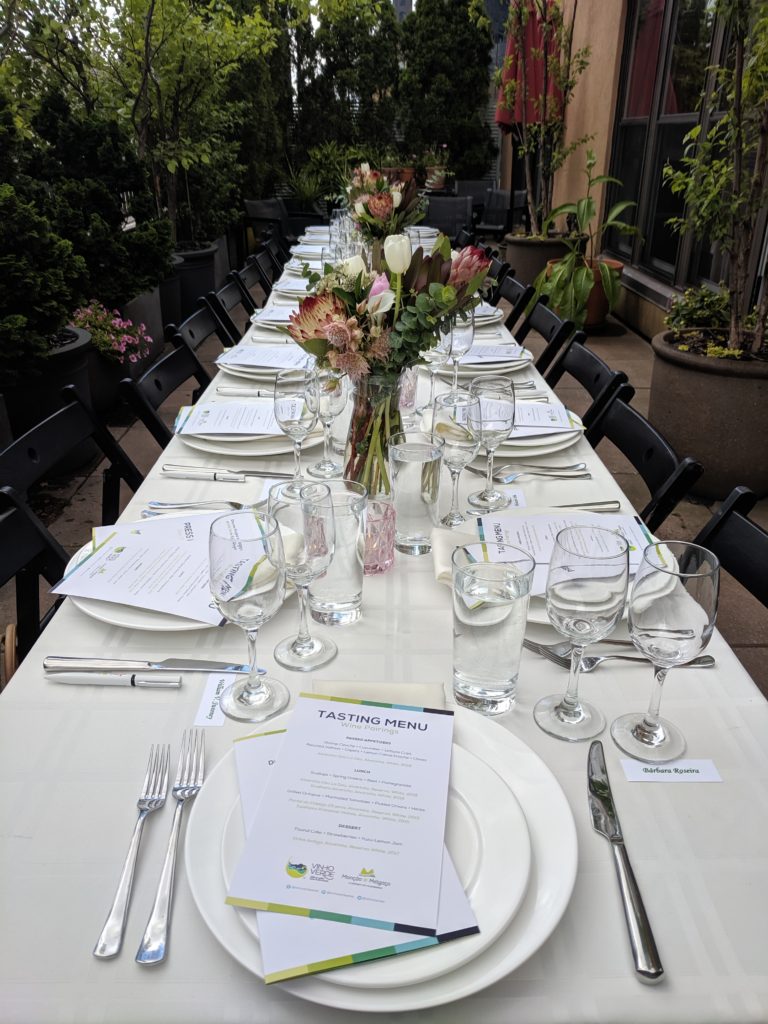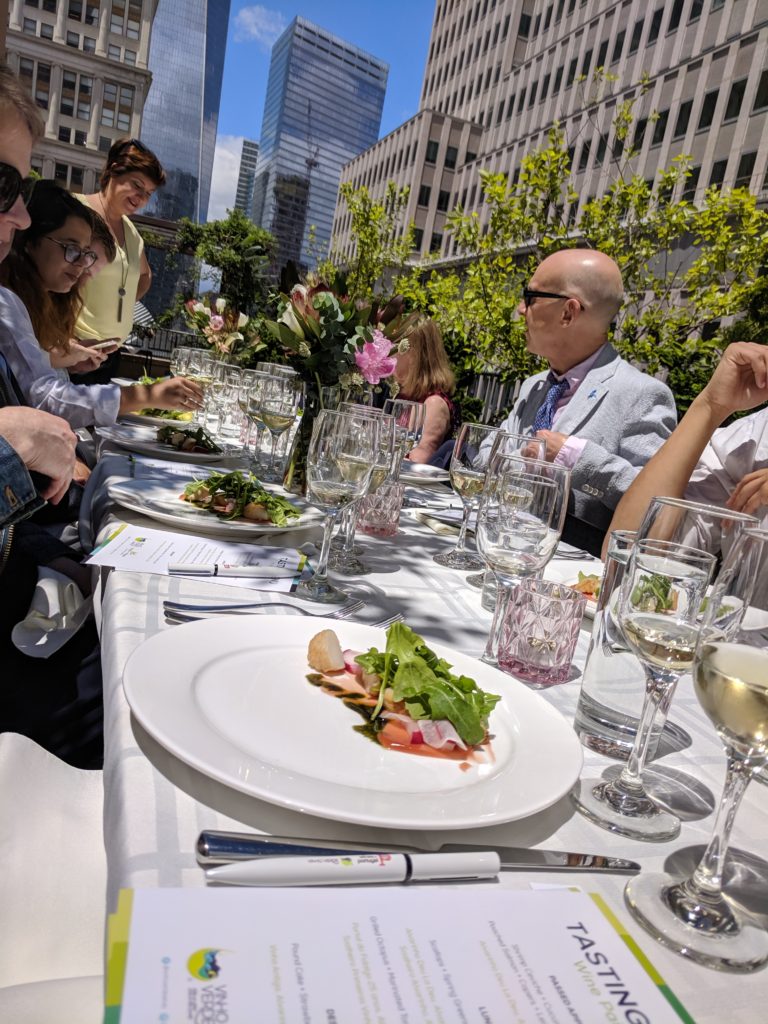A flurry of events featuring the women of wine kicked off the season’s return after the summer hiatus. Admittedly, women in wine is both new and nothing new. As they say, behind every great man is a great woman. But, perhaps the more novel news is that women are now standing (in) front and center of (or at least next to) many men in the vineyards and wineries the world over.
While I missed it due to ill health, the Women in Australian Wine Awards honored the women who have made their mark in Australian wine. The world’s “first and only awards platform for women in wine,” was held on September 17 in New York.
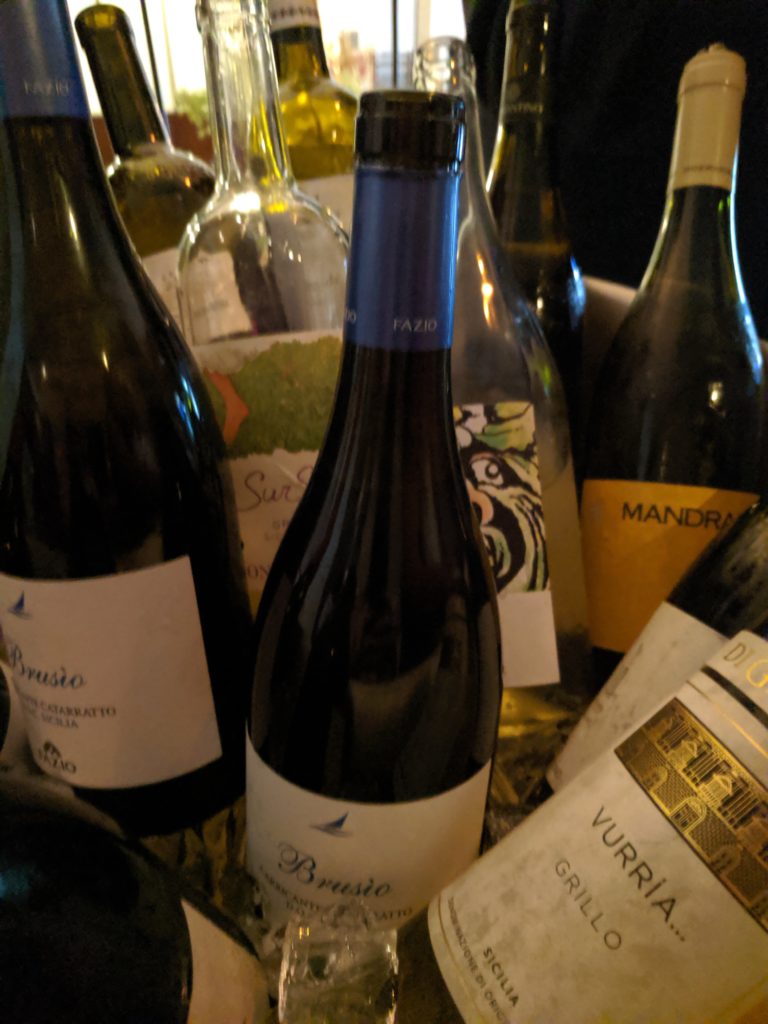
Similarly, an event earlier in the month presented a wide range of Wines of Sicily, recognizing the women in this region. I had the opportunity to meet Lilly Ferro Fazio, Export Manager of Casa Vinicola Fazio, who shared her experiences in bringing together the women of her region and noting the challenges they faced amidst a very traditional/male-dominated society. She addressed the need to find support and resources to successfully manage both her job and the family household because her husband still expects her to fulfill a traditional spousal role in addition to her career.
Another wine woman bucking the trend of being a simple, stay-at-home mom, is Argentine winemaker, Susana Balbo who initially applied to study nuclear physics in Bariloche. Her parents would not permit her to leave Mendoza, but, not one to be deterred, she eventually became the first woman in Argentina to earn a degree in enology. By 2012 she had been named as one of the “Most influential women wine-makers” by The Drink Business magazine, and, six years later, was listed among “The 10 most influential women in the wine world” in the same publication.
Today, Susana Balbo produces wines in both Mendoza and Salta regions. Her wines are well respected and can be found in the market under two labels: her namesake Susana Balbo and her Crios line. The Crios portfolio recently underwent a makeover, sporting new packaging that emphasizes the wines’ elegance and classic nature. Available in four different varietal options, the wines were recently released in the New York market.
Crios Torrontes 2018, Cafayate (Salta) and Valle de Uco (Mendoza), Argentina, $15.00
Pronounced nose with floral, tropical fruit, hint of cotton candy and a dry, yet ripe, palate with medium-to-full body, medium acidity and long length.
Crios Rose 2018 of Malbec, Vallee de Uco (Mendoza), Argentina, $15.00
Notes of strawberry, cherry and watermelon greet the nose. The palate is dry, with medium+ acidity, medium body, culminating in long length.
Crios Malbec 2018 Vallee de Uco (Mendoza), Argentina, $15.00
Deep in color, this wine displays fresh and dried herbs and blackberry aromas, which are joined by spice and red fruit flavors on the dry, full-bodied palate, with good length.
Crios Cabernet Sauvignon 2018 Vallee de Uco (Mendoza), Argentina, $15.00
The nose offers up lovely red and black fruit, which persist on the dry, full-bodied palate, with textural tannins, blackberry, black cherry, oak, with good acidity and long length.

